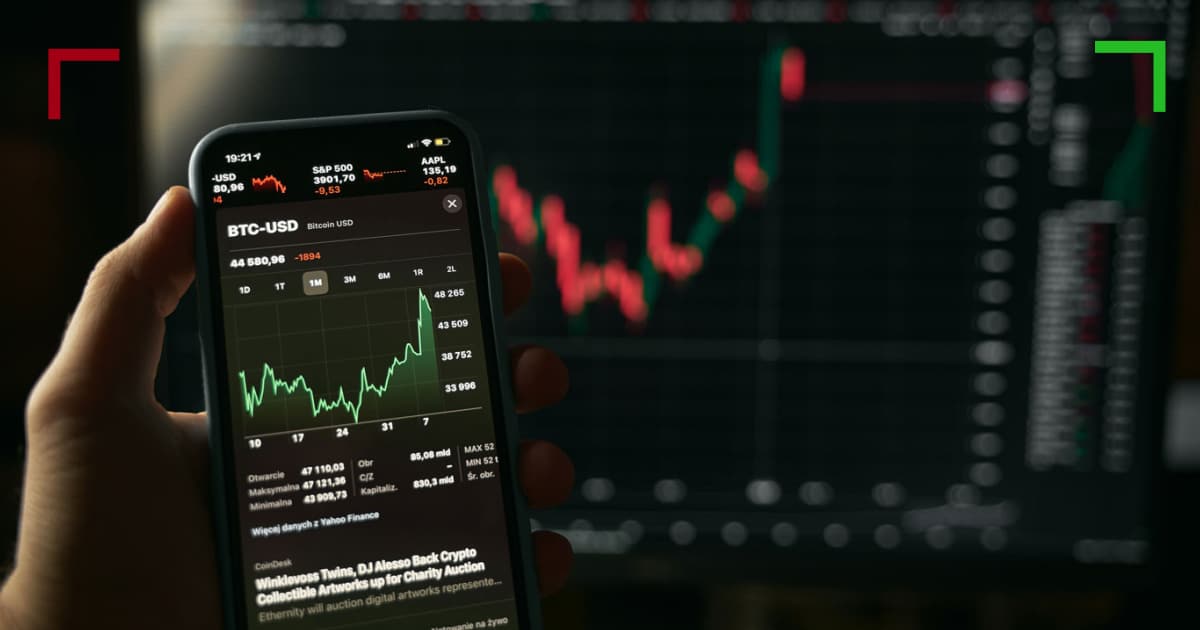
Ultimate Guide to Trading Margin Crypto
In recent years, the cryptocurrency market has exploded in popularity, drawing in millions of retail and institutional investors alike. Among the varied trading strategies available, Trading Margin Crypto has emerged as a compelling option for those looking to maximize their potential gains. However, margin trading is not without its risks and complexities. In this article, we will delve deep into the world of margin trading in the crypto space, discussing how it works, its advantages and disadvantages, and what you should keep in mind before diving in. For a comprehensive understanding, Trading Margin Crypto click here to explore additional insights.
Understanding Margin Trading
At its core, margin trading allows traders to borrow capital in order to increase their trading position beyond what their own funds would allow. By utilizing leverage, traders can control a larger position in the market, which can amplify both potential profits and potential losses. In the case of crypto trading, it typically involves borrowing funds to trade specific cryptocurrencies on exchanges that support margin trading.
How Margin Trading Works
To engage in margin trading, traders first need to open a margin account with a cryptocurrency exchange. After depositing an amount known as collateral, they can borrow additional capital to trade. The leverage offered typically ranges from 2x to 100x, but this can vary by exchange and the specific trading pair chosen. Leveraged trading can lead to significantly higher returns if the market moves in the trader’s favor. However, it can also result in devastating losses if the market moves against the trader’s position.
Example of Margin Trading
For instance, if a trader has $1,000 and leverages their trade with 10x, they can open a position worth $10,000. If the price of the asset increases by 10%, the trader would make a profit of $1,000, effectively doubling their initial investment. Conversely, if the asset decreases by 10%, the trader will incur a loss of $1,000, losing their entire investment.
Advantages of Trading Margin Crypto

- Increased Profit Potential: The primary benefit of margin trading is the ability to amplify potential profits on successful trades.
- Diverse Strategies: Margin trading allows for various trading strategies, including long and short positions, that traditional trading does not facilitate.
- Market Access: Traders can enter larger positions and access markets that might otherwise be unavailable to them due to capital constraints.
Disadvantages and Risks of Margin Trading
- Increased Loss Potential: Just as profits can be amplified, losses can also be magnified, leading to the potential loss of more than the initial investment.
- Margin Calls: If a trader’s equity falls below a certain threshold, the broker may issue a margin call, requiring them to deposit more funds or close their position at a loss.
- Market Volatility: Cryptocurrencies are known for their high volatility, which can make margin trading particularly risky, with significant price swings occurring in a short period.
Best Practices for Margin Trading in Crypto
Here are some essential tips for anyone considering margin trading to maximize their success while minimizing risk:
1. Educate Yourself
Before diving into margin trading, take the time to learn about the mechanics of trading, market trends, and the particular cryptocurrencies you are interested in. Knowledge is your best ally in navigating the complex and volatile crypto market.
2. Start Small
If you’re new to margin trading, it’s wise to start with a small amount of leverage and gradually increase it as you become more comfortable and experienced. This approach can help mitigate risks while you learn the ropes.

3. Use Stop-Loss Orders
Implementing stop-loss orders can protect your investment by automatically closing your position at a predetermined price, reducing potential losses from sudden market movements.
4. Keep an Eye on Margin Levels
Regularly monitor your margin level to ensure that you are not at risk of a margin call – that is, when your equity falls below the required maintenance margin, as this can lead to forced liquidation of your positions.
Choose the Right Exchange
Different exchanges offer varying levels of leverage, trading pairs, and fees. Research and select a reputable exchange with favorable terms for margin trading. Ensure it has robust security measures and a user-friendly interface.
Conclusion
Trading Margin Crypto can be a profitable endeavor for those who are well-informed and cautious, but it also carries significant risks that can lead to substantial losses. It’s essential to equip yourself with the necessary knowledge and tools before attempting to navigate this complex landscape. Remember to start small, utilize best practices, and always trade responsibly. As the cryptocurrency market continues to evolve, staying educated and adaptable will remain crucial for successful trading.
With the right strategies in place, margin trading can open up new avenues for capitalizing on market movements in the exciting world of cryptocurrency.